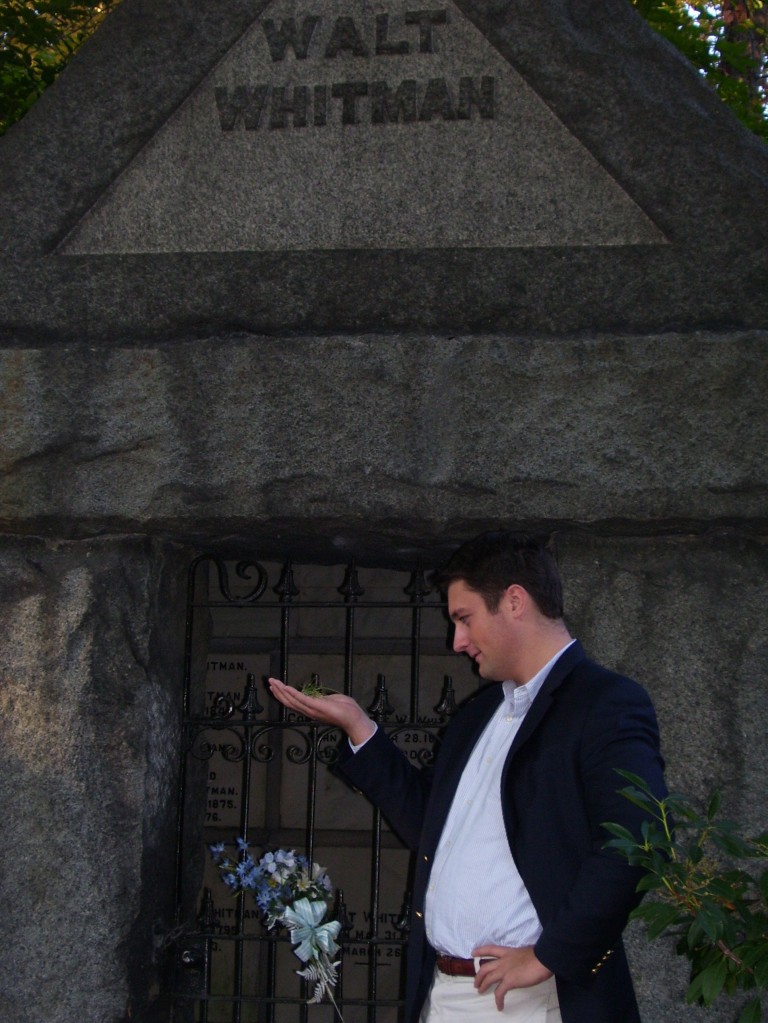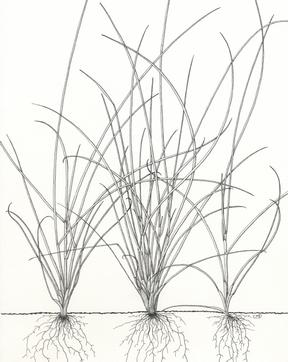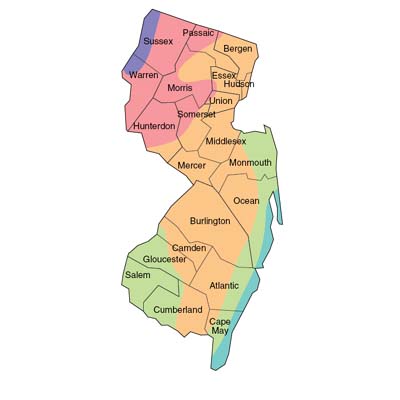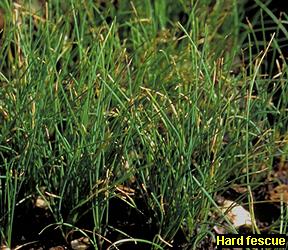
Some references to grass in “Song of Myself” (emphasis is mine):
“I lean and loaf at my ease observing a spear of summer grass” (I.5).
“A child said What is the grass? fetching it to me with full hands; / How could I answer the child? I do not know what it is any more than he” (6.1-4).
“The smallest sprout shows there is really no death, / And if ever there was it led forward life” (6.41-42).
“This is the grass that grows wherever the land is and the / water is,” (17.8-9).
“I believe a leaf of grass is no less than the journey-work of the stars,” (31.1-2).
“Behavior as lawless as snow-flakes, words simple as grass,” (39.9).
“I hear you whispering there O stars of heaven, / O suns-O grass of graves” (49.15-16).
“I bequeath myself to the dirt to grow from the grass I love, / If you want me again look for me under your boot-soles” (52.11-12).
Originally, I intended to write a personal reflection on our visit to Harleigh Cemetery and Walt Whitman’s grave site, though I thought it wiser to wait until I had completed my bib essay, thinking that my research might yield interesting points about Whitman’s grass and its relation to Mysticism, which it did.  But before jumping into the relevance of grass to the subject of Whitman’s Mysticism, I’d like to share a few facts about the type, or species of grass which appears in the area of Whitman’s grave site in Harleigh Cemetary, the very same clump-like grass that Lisa captured me holding on her camera:
But before jumping into the relevance of grass to the subject of Whitman’s Mysticism, I’d like to share a few facts about the type, or species of grass which appears in the area of Whitman’s grave site in Harleigh Cemetary, the very same clump-like grass that Lisa captured me holding on her camera:
Festuca Longifolia (Hard Fescue)
-Fine-bladed grayish to dark-green with semi-erect growth habit and heavy roots.
-One of the “hardiest” of the fescues <-A “rough” like Whitman 
-Shade and drought resistant (Cool-Season Grass)
-Grows best in the north and the higher elevations
 -Good as a non-mowed turf for slopes<-The grass I hold in the picture comes from the slope of the hill next to W’s Grave
-Good as a non-mowed turf for slopes<-The grass I hold in the picture comes from the slope of the hill next to W’s Grave
-Can grow in some of the most adverse of conditions and in heavily shaded areas <-Whitman’s shaded grave site, for instance
-Grows in clump formations & bunches <-Like “the beautiful uncut hair of graves,” to me, this grass actually looked and felt like tufts of curling hair
Grass and Whitman’s Mysticism
An understanding of the literal textbook definition of “grass” is helpful in order to establish the mystical meanings which Whitman attaches to the term. The OED defines grass in essentially three ways: 1) Herbage in general, the blades or leaves and stalks of which are eaten by horses, cattle, sheep, etc, 2) a term used in figurative phrases, such as “to let no grass grow under one’s feet,” meaning, to make the most of one’s time, and 3) a slang term for various things, especially (for this discussion), drugs.
Now, grass, both as a general term (for any herbage), and as eaten by a diverse community of creatures, has mystical/religious/democratic connotations. “Song of Myself,” has been interpreted as a mystical riddle of death and the grass itself symbolizes this riddle: “To get to the bottom of the riddle of the grass is to get to the bottom of death…” (Hutchinson 75). In this way, grass becomes a general term not only for all vegetation, but for all life as well and so, if the grass is a symbol for life, then how does it solve the riddle of death? Well, we find clues to the solution in Whitman’s writing: “the smallest sprout shows there is really no death,/ And if there ever was it led forward to life,” and “I bequeath myself to the dirt to grow from the grass I love, / If you want me again look for me under your boot-soles…” Whitman seems to suggest that the answer to the problem of death is life itself and, in this view, death becomes merely a part of the endless cycle of re-birth. Whitman’s body will decay and become absorbed into the earth, which will feed the grass, and subsequently, nourish a multitude of creatures, inlcuding other humans (in a way, like cannabalism, only a few incarnations removed 😉 )
The universality of grass as a source of nourishment and the diversity of creatures who partake of it as such would have led Whitman to view it as a mystical symbol of democracy (of unity in diversity); and Whitman’s mysticism, as I understand it from my research, does not exclusively resemble the mysticism of any single religion; and so, at another level, the universality of the grass parallels the nondenominational nature of his mysticism.
Grass as it appears in a range of figurative phrases suggests a certain malleability, or even simplicity, allowing for numerous applications and understandings of the term to appear within different contexts. This brings us to the second mystical connotation: grass as simple/natural object of meditation and expanding metaphor. Whitman, influenced by the American Transcendentalists who believed in finding God in Nature, would have understood grass as the perfect object of, or starting point for this kind of mystical/revelatory experience-the experience he wishes to convey in his poetry (Kuebrich 19). Now, Whitman’s notes reveal that he practiced a method of meditation, probably as a way to become receptive and open to poetic inspiration when composing the Leaves, and some view the Leaves themselves as a kind of guided-meditation, with Whitman as guide and the grass as his chosen object of contemplation: “I lean and loafe at my ease observing a spear of summer grass.” We interpret his words to mean that he is entering a relaxed and receptive state by focusing all of his attention on a single, simple object (Hindu’s would say “mantra”) in nature. Whether we call this state mystical or meditative seems to be irrelevant, since both share the same goal or purpose: to achieve a higher state of consciousness and, ultimately, transcendant awareness (of the unity of all things, the meaning of death, etc.., or even a sense of inner-peace/serenity).
Furthermore, Whitman, in his choice of grass as his object of meditation, does not mean that we, his readers, must use this object as our own starting point; rather, grass seems to suggest that any simple, apparently insignificant object in nature will do. And yet, grass lends itself well to the meditative goal of expanded awareness and we find that, for Whitman, his perception of the grass expands and his certainty increases, in a series of metaphors in answer to the child’s question about the meaning of the grass in “Song of Myself.”
Finally, an understanding of grass, in contemporary society, as a slang term for herbal drugs, such as marijuana, emphasizes a major aspect of Whitman’s mysticism, namely, the importance of the senses in the mystical experience. With lines like “the sniff of green leaves and dry leaves,” and “the handkerchief of the Lord,” Whitman appeals to readers’ sense of smell and we are drawn to the aroma of the grass as our other senses (of taste, sound, touch, and sight) are bombarded with poetic imagery. George B. Hutchinson, author of “The Ecstatic Whitman,” maintains that this bombardment of the senses invariably lulls readers into a state of ecstasy, or, more specifically, the shamanic trance. Now, while there is no proof that Whitman deliberately structured “Song of Myself” as a shamanic ecstacy, the fact remains that his poetry appeals to the senses, making the experience of reading it more real and vivid; and thus, we become more receptive to any revelations the grass might bestow.
Goodblatt, Chanita, Cognitive Psychology and Whitman’s “Song of Myself”, Mosaic, 19:3 (1986: Summer) p.83.
“Grass” Oxford English Dictionary. Oxford University Press, 2009 <http://dictionary.oed.com.proxy.libraries.rutgers.edu/>.
Hutchinson, George B. The Ecstatic Whitman: Literary Shamanism & the Crisis of the Union. Columbus: Ohio State UP, 1986.
Kuebrich, David. Minor Prophecy: Walt Whitman’s New American Religion. Bloomington: Indiana UP, 1989.
The UC Guide to Healthy Lawns “Healthy Lawns- Hard Fescue” Statewide IPM Program, Agriculture and Natural Resources, University of California, 2004. <http://www.ipm.ucdavis.edu/TOOLS/TURF/TURFSPECIES/hrdfes.html>.
Whitman, Walt. “Song of Myself (1891).” Whitman Poetry & Prose. Library of America, 1996.188.
Image 1: USDA Zone Map for New Jersey <http://www.outsidepride.com/images/resources/states/newjersey.jpg>.
Image 2: “Hard Fescue” <http://www.american-lawns.com/art/hard_fescue.jpg>.
Image 3: “Overall plant structure of hard fescue” <http://www.ipm.ucdavis.edu/TOOLS/TURF/IMAGES/KEYIMAGES/hardfescue.jpg


